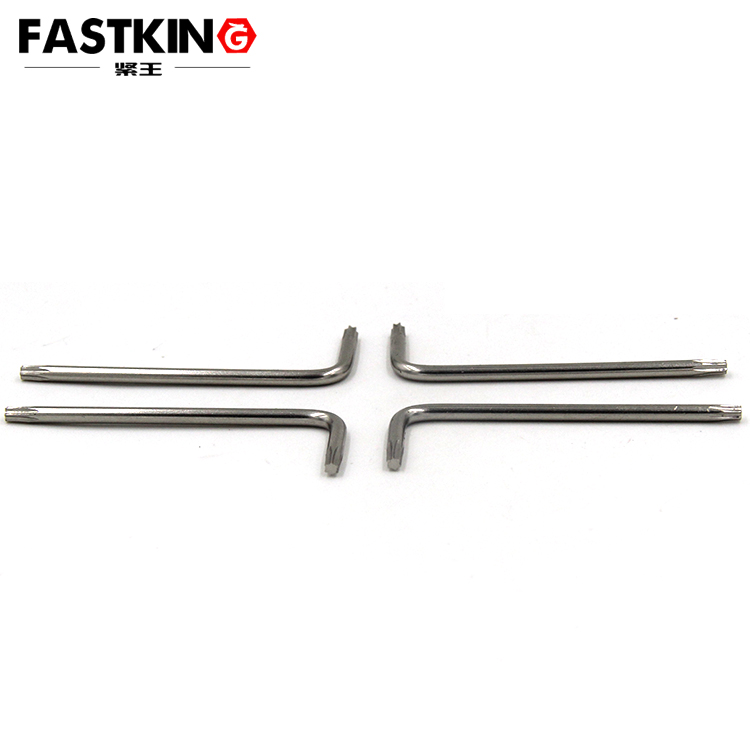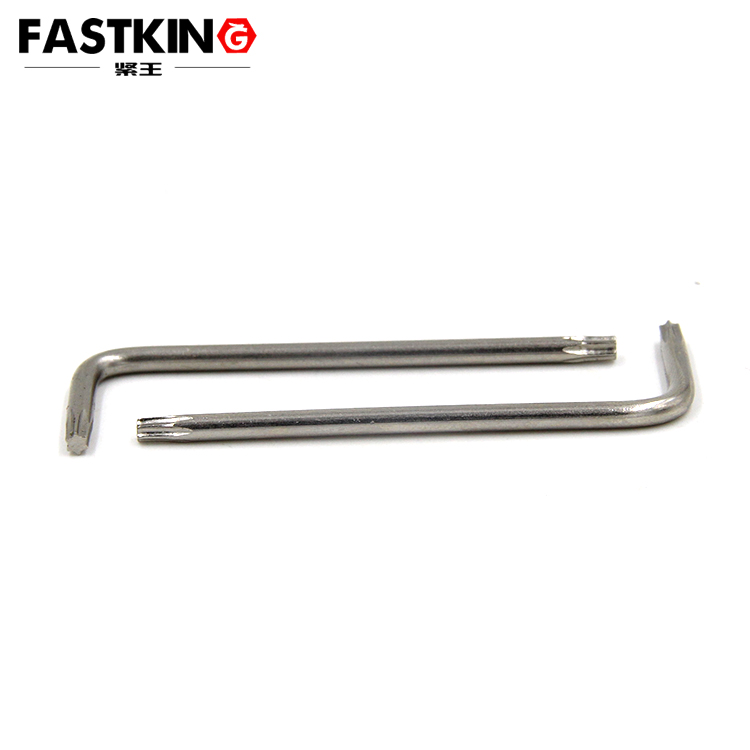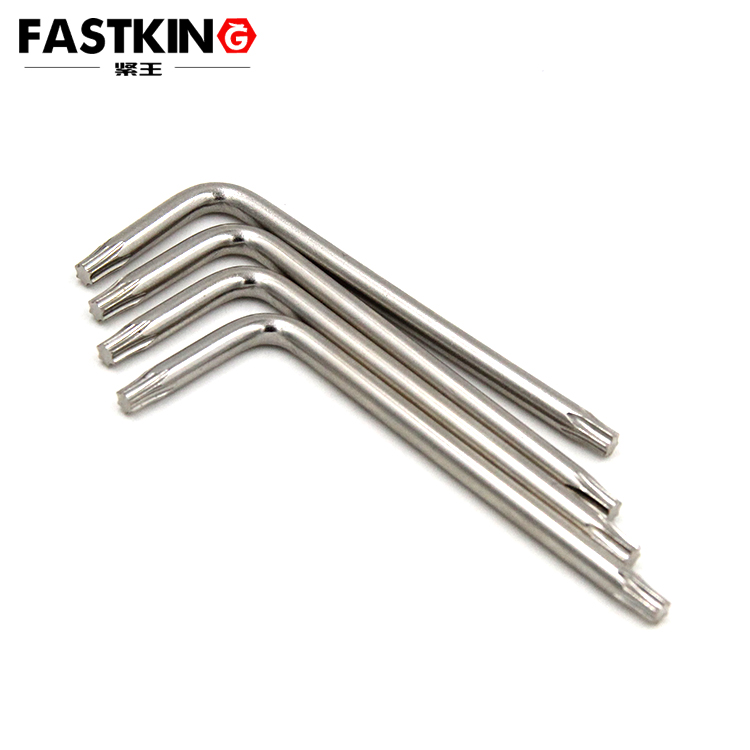How to Use an L-Type Flat Head Torx Key: Usage Scenarios and Methods
The L-type flat head Torx key is a versatile and essential tool in various industries, including mechanical engineering, furniture assembly, and electronics repair. Its unique design and functionality make it a preferred choice for professionals and DIY enthusiasts alike. This article will provide a detailed guide on how to use an L-type flat head Torx key, along with its common usage scenarios.
Structure of an L-Type Flat Head Torx Key
An L-type flat head Torx key is typically made of high-strength alloy steel and consists of the following main parts:
1. L-Shaped Handle: Provides leverage for easy application of force.
2. Flat Head: Designed to fit into Torx screws, offering a secure grip.
3. Torx Tip: Matches the star-shaped recess in Torx screws, allowing for precise torque application.

How to Use an L-Type Flat Head Torx Key
1. Selecting the Right Size
Before using the L-type flat head Torx key, ensure you select the correct size that matches the Torx screw. Common sizes include T5, T6, T7, T8, T9, T10, T15, T20, T25, T30, etc.
2. Inserting the Torx Tip
Insert the Torx tip of the key into the recess of the Torx screw. Ensure it is fully seated to prevent slipping and potential damage to the screw.
3. Applying Force to Tighten or Loosen
Tightening: Turn the key clockwise, applying steady pressure until the screw is securely fastened.
Loosening: Turn the key counterclockwise, applying steady pressure until the screw is fully loosened.
4. Utilizing the L-Shaped Handle
The L-shaped handle provides excellent leverage, making it easier to apply the necessary torque, especially in tight spaces where a straight tool might be cumbersome.
Usage Scenarios for L-Type Flat Head Torx Key
1. Mechanical Engineering
In mechanical engineering, the L-type flat head Torx key is frequently used for assembling and disassembling machinery. Its high strength and precise fit make it ideal for handling high-torque fastening tasks.

2. Furniture Assembly
Many furniture pieces use Torx screws for assembly. The L-type flat head Torx key's ease of use and reliability make it a go-to tool for furniture assembly tasks.
3. Electronics Repair
In electronics repair, devices such as laptops, smartphones, and tablets often require Torx screws for disassembly. The small size and precision of the L-type flat head Torx key make it perfect for handling delicate electronic components.
4. Automotive Repair
Automotive repair often involves working with Torx screws in various parts of the vehicle, including the engine, chassis, and interior. The durability and strength of the L-type flat head Torx key make it suitable for the demanding environment of automotive repair.
5. Bicycle Maintenance
Bicycles use Torx screws in components like brakes, derailleurs, and pedals. The portability and versatility of the L-type flat head Torx key make it an essential tool for bicycle maintenance.

Precautions When Using an L-Type Flat Head Torx Key
1. Select the Correct Size: Always use a Torx key that matches the screw size to avoid slipping and damaging the screw.
2. Avoid Excessive Force: Apply steady pressure when tightening or loosening screws to prevent stripping the screw or damaging the tool.
3. Regular Maintenance: Periodically check the tool for wear and replace it if necessary to ensure safe and effective operation.
4. Proper Storage: Store the Torx key in a dry, corrosion-free environment to prevent rust and damage.
Conclusion
The L-type flat head Torx key is a highly versatile and efficient tool used in various fields such as mechanical engineering, furniture assembly, electronics repair, automotive repair, and bicycle maintenance. By following proper usage techniques and maintenance practices, the L-type flat head Torx key can significantly enhance work efficiency and safety. This guide aims to help users better understand and utilize the L-type flat head Torx key in their respective tasks.
